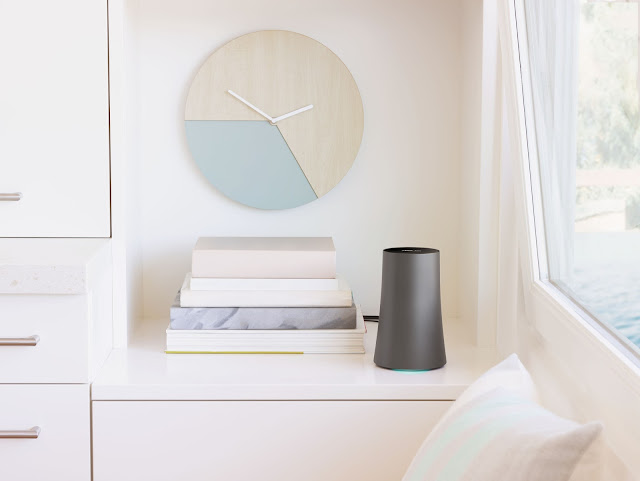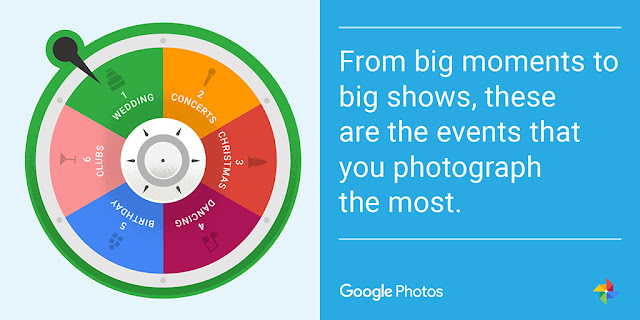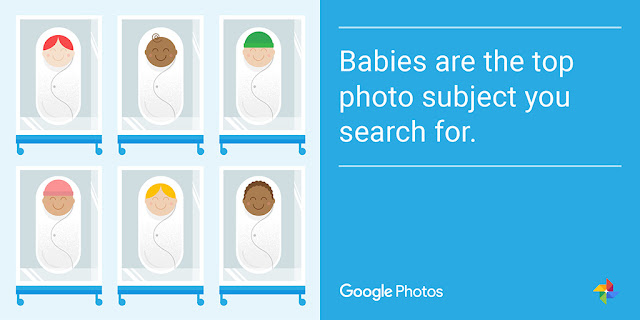So we’ve built an entirely new machine learning system, which we call “TensorFlow.” TensorFlow is faster, smarter, and more flexible than our old system, so it can be adapted much more easily to new products and research. It’s a highly scalable machine learning system—it can run on a single smartphone or across thousands of computers in datacenters. We use TensorFlow for everything from speech recognition in the Google app, to Smart Reply in Inbox, to search in Google Photos. It allows us to build and train neural nets up to five times faster than our first-generation system, so we can use it to improve our products much more quickly.
We've seen firsthand what TensorFlow can do, and we think it could make an even bigger impact outside Google. So today we’re also open-sourcing TensorFlow. We hope this will let the machine learning community—everyone from academic researchers, to engineers, to hobbyists—exchange ideas much more quickly, through working code rather than just research papers. And that, in turn, will accelerate research on machine learning, in the end making technology work better for everyone. Bonus: TensorFlow is for more than just machine learning. It may be useful wherever researchers are trying to make sense of very complex data—everything from protein folding to crunching astronomy data.
Machine learning is still in its infancy—computers today still can’t do what a 4-year-old can do effortlessly, like knowing the name of a dinosaur after seeing only a couple examples, or understanding that “I saw the Grand Canyon flying to Chicago” doesn’t mean the canyon is hurtling over the city. We have a lot of work ahead of us. But with TensorFlow we’ve got a good start, and we can all be in it together.

 |
We've seen firsthand what TensorFlow can do, and we think it could make an even bigger impact outside Google. So today we’re also open-sourcing TensorFlow. We hope this will let the machine learning community—everyone from academic researchers, to engineers, to hobbyists—exchange ideas much more quickly, through working code rather than just research papers. And that, in turn, will accelerate research on machine learning, in the end making technology work better for everyone. Bonus: TensorFlow is for more than just machine learning. It may be useful wherever researchers are trying to make sense of very complex data—everything from protein folding to crunching astronomy data.
Machine learning is still in its infancy—computers today still can’t do what a 4-year-old can do effortlessly, like knowing the name of a dinosaur after seeing only a couple examples, or understanding that “I saw the Grand Canyon flying to Chicago” doesn’t mean the canyon is hurtling over the city. We have a lot of work ahead of us. But with TensorFlow we’ve got a good start, and we can all be in it together.
HERO QUOTE GOES HERE
























